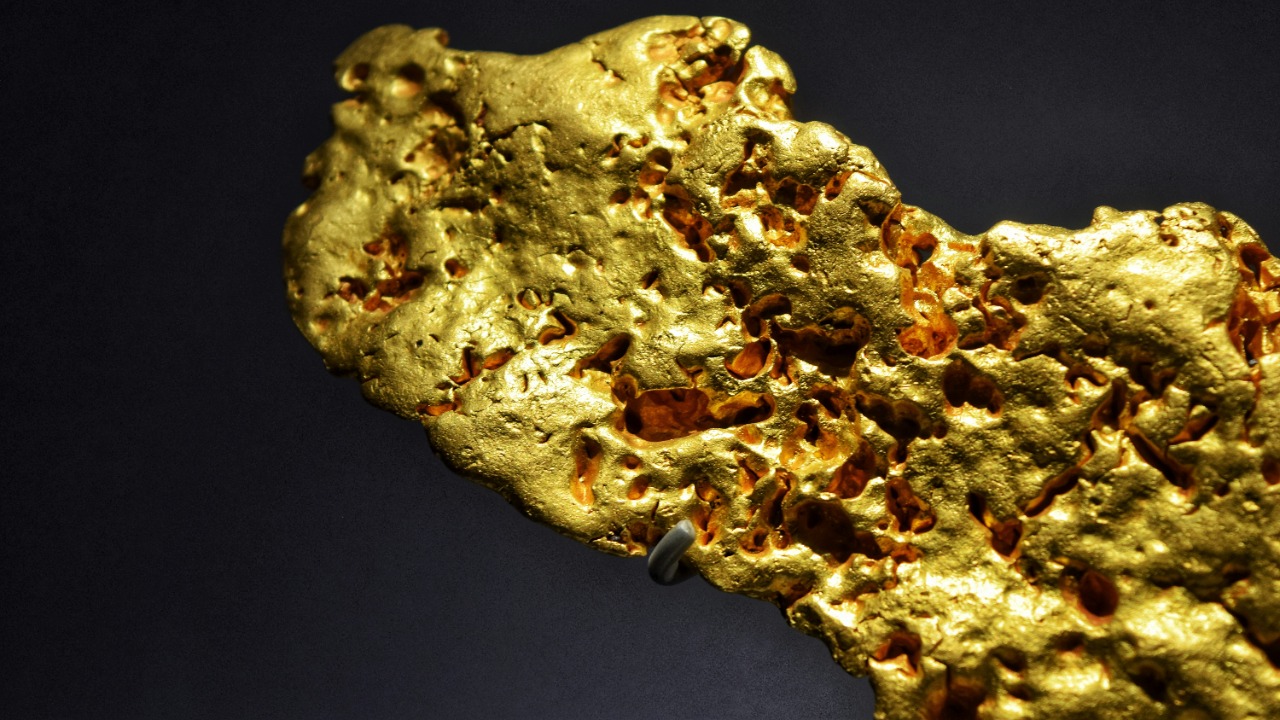
In the hills of Moliagul, Victoria, Australia, prospectors John Deason and Richard Oates made a remarkable discovery in 1869. They unearthed the Welcome Stranger, the world’s largest gold nugget ever found, weighing an astonishing 2,284 troy ounces, equivalent to about 158 pounds or 71.6 kilograms. The nugget was so massive that it could not fit on standard scales, necessitating its division into pieces for accurate measurement (Indy100).
The Discovery of the Welcome Stranger
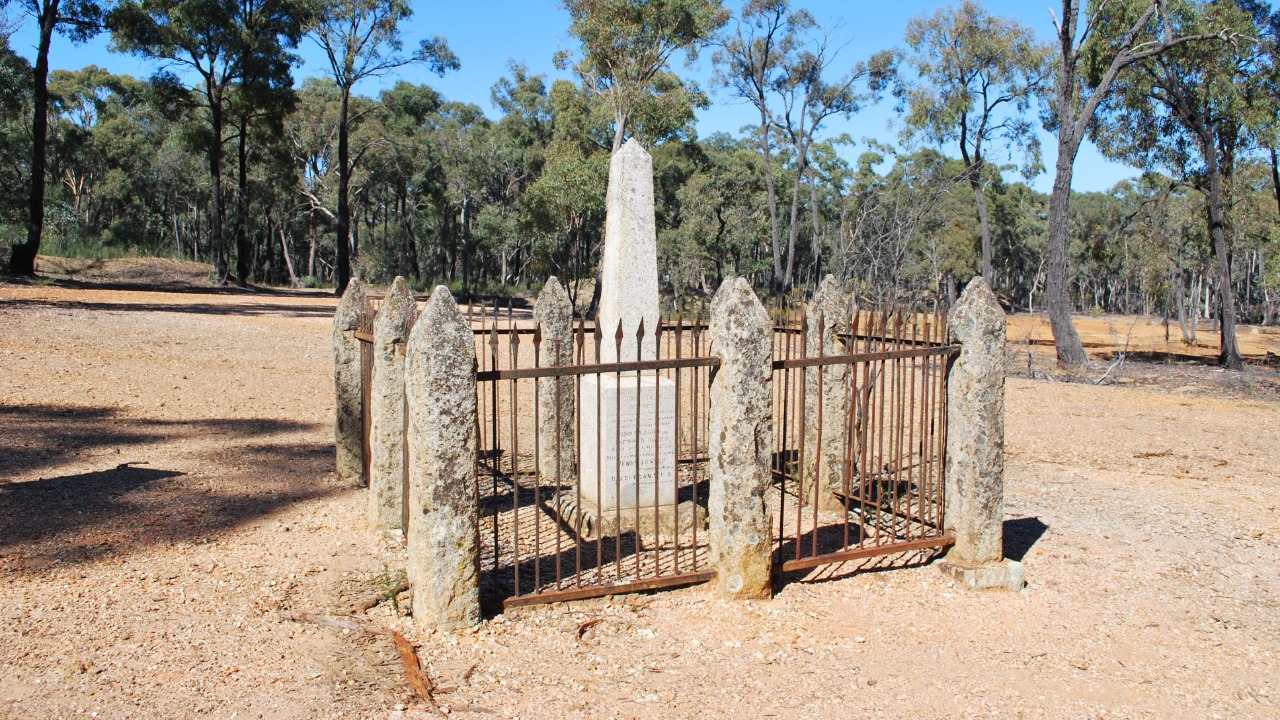
John Deason stumbled upon the Welcome Stranger while plowing his field in Moliagul, Victoria. Striking his pick on what he initially thought was a quartz reef, Deason discovered a massive gold mass just below the surface. This chance find on June 5, 1869, marked a significant moment in Australia’s gold rush era (Indy100).
Realizing the enormity of his find, Deason enlisted his partner, Richard Oates, to help extract the nugget. Measuring approximately 23 by 11 inches, the nugget was embedded just below the surface. The partners’ discovery was not only a personal triumph but also a pivotal event in the history of gold prospecting in Australia (Indy100).
To protect their find from claim jumpers, Deason and Oates kept their discovery secret. They carried pieces of the nugget hidden in a sugar bag to the local store for an initial assessment. This cautious approach highlights the challenges and risks faced by prospectors during the gold rush era (Indy100).
Challenges in Weighing the Nugget
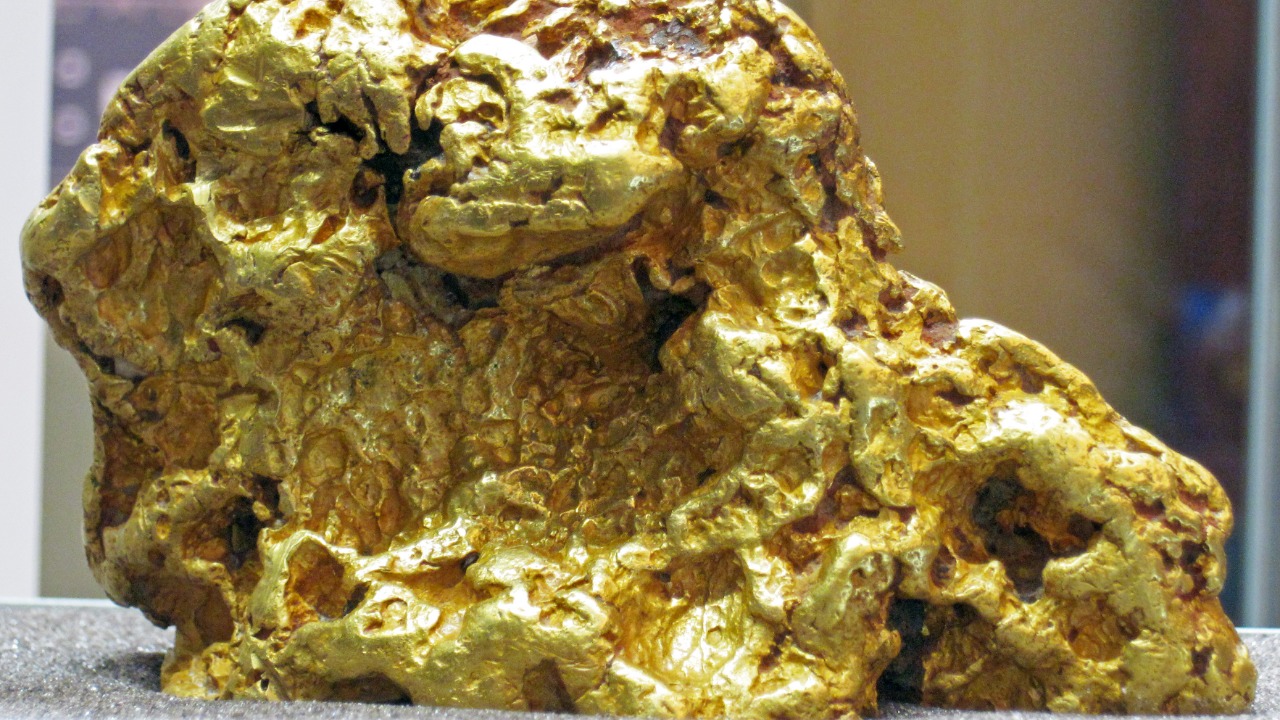
The sheer size and weight of the Welcome Stranger presented logistical challenges. At 2,284 troy ounces (71.6 kg), the nugget exceeded the capacity of available scales in Moliagul. To weigh it accurately, Deason and Oates had to break it into manageable sections using a sledgehammer and cold chisel (Indy100).
Once divided, the fragments were transported to the Dunolly office of the London Chartered Bank. There, the total value was assayed at £9,381, a sum equivalent to over £1 million today. This confirmed the Welcome Stranger as the largest intact nugget ever recorded, underscoring the technical difficulties of handling such specimens without modern equipment (Indy100).
The rarity of such a find is notable, as no larger nugget has been discovered since. This emphasizes the extraordinary nature of the Welcome Stranger and the challenges faced by 19th-century prospectors in managing and assessing their finds (Indy100).
The Finders’ Rewards and Local Impact
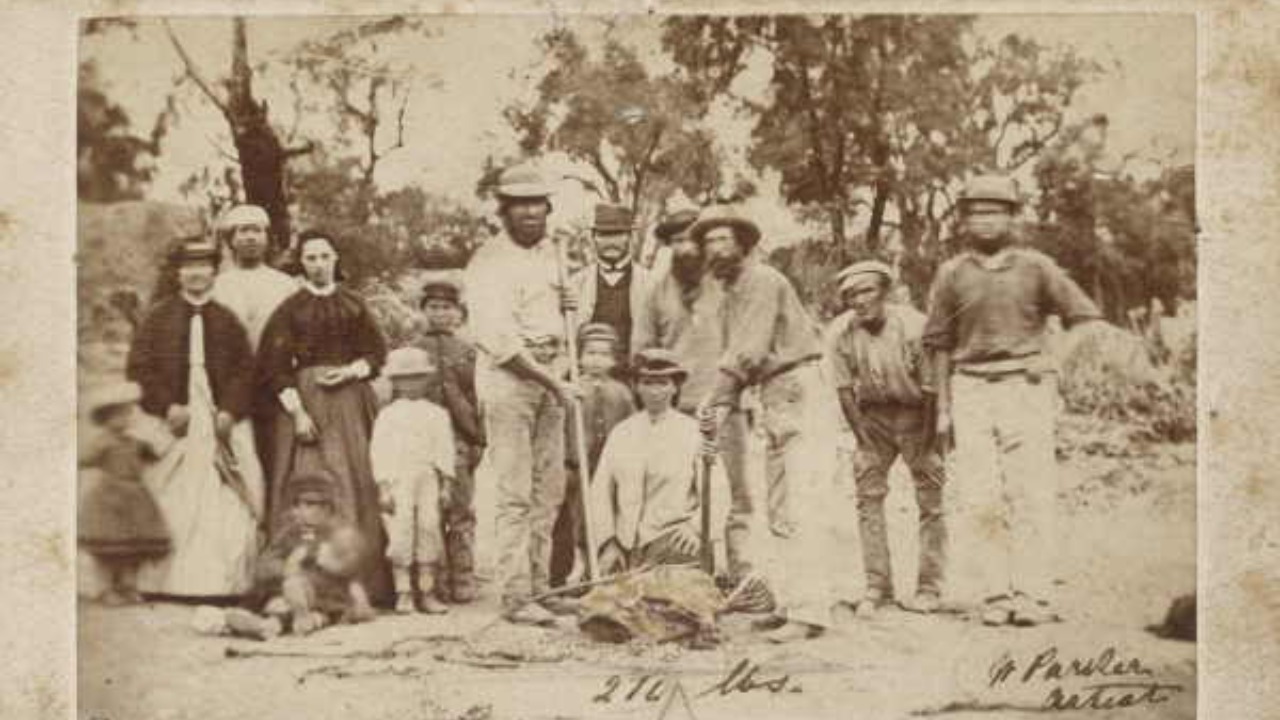
John Deason and Richard Oates split the proceeds from their find, with Deason receiving the larger share due to the nugget being found on his land. Deason used his portion to build a grand home called “Welcome” in Moliagul, while Oates chose to live modestly. This division of wealth reflects the personal impact of their discovery (Indy100).
The discovery of the Welcome Stranger provided an economic boost to the Moliagul community. It reignited gold fever and led to renewed prospecting efforts in the area during the late 1860s Australian gold rush. This local impact highlights the broader economic implications of such significant finds (Indy100).
Interestingly, Deason and Oates decided to forgo a reward from the government, as the nugget was on Deason’s private claim. This decision allowed them full ownership and helped them avoid the typical claim disputes that often arose during the gold rush era (Indy100).
Legacy and Cultural Significance
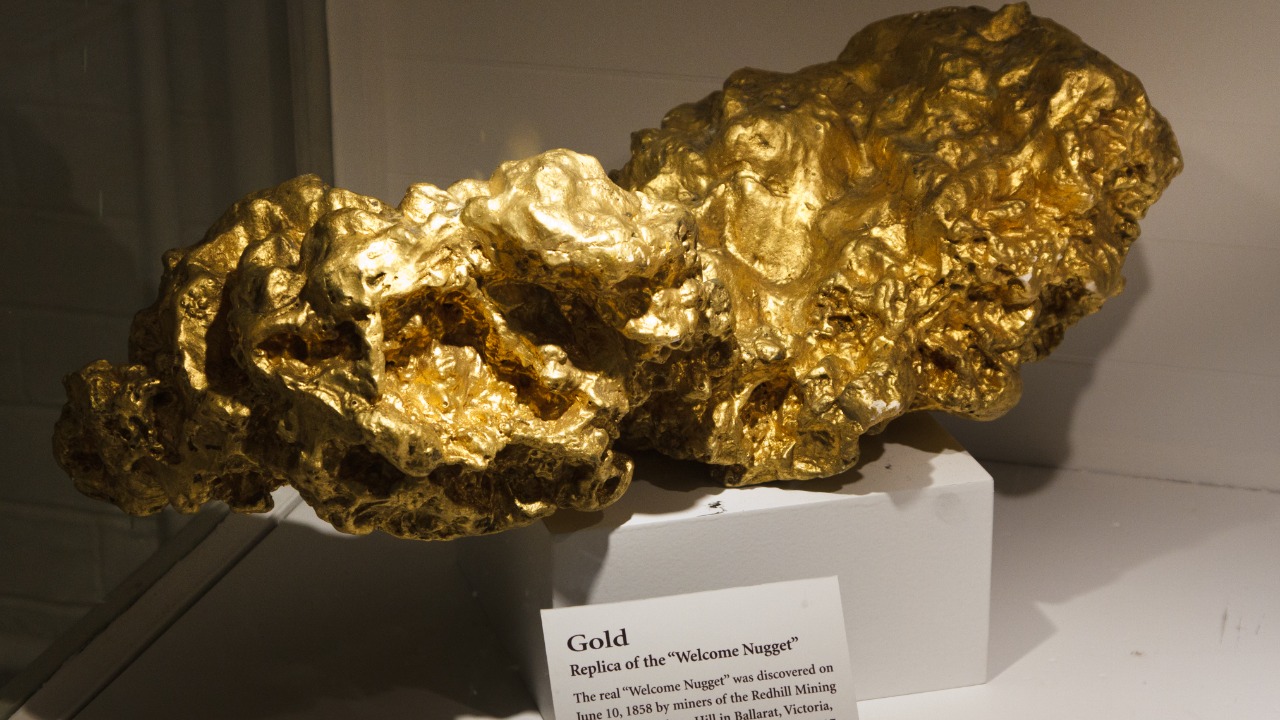
After its discovery, the Welcome Stranger was melted down, with most of it refined into bars and shipped to the Bank of England. However, a small 3-ounce piece was preserved and later displayed in Melbourne’s Museum of Victoria. This preservation of a fragment underscores the cultural significance of the nugget (Indy100).
The Welcome Stranger symbolizes the perils and fortunes of 19th-century gold prospecting. It has inspired tales in Australian folklore and serves as a benchmark for gold discoveries worldwide. This legacy continues to captivate those interested in the history of gold mining (Indy100).
Today, the story of the Welcome Stranger draws tourists to Moliagul, where a monument erected in 1869 still stands to commemorate Deason and Oates’ achievement. This ongoing interest highlights the enduring allure of gold discoveries and their place in cultural history (Indy100).